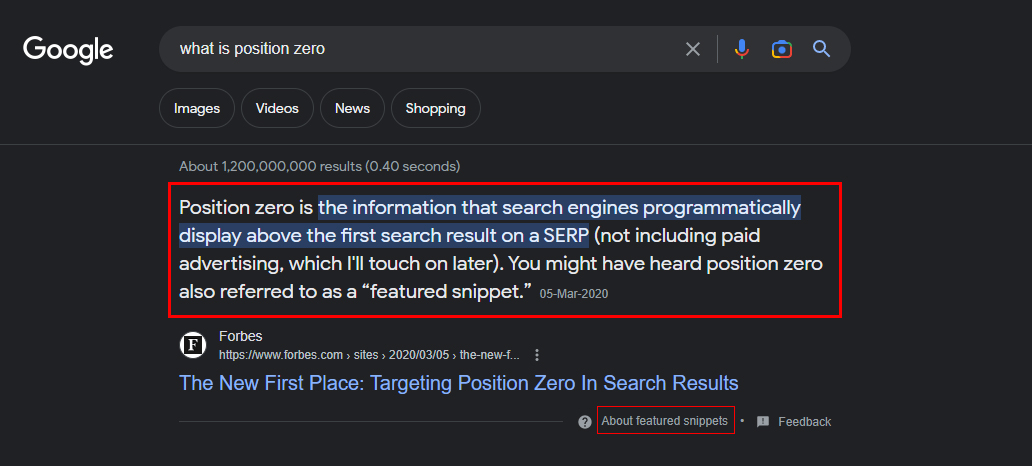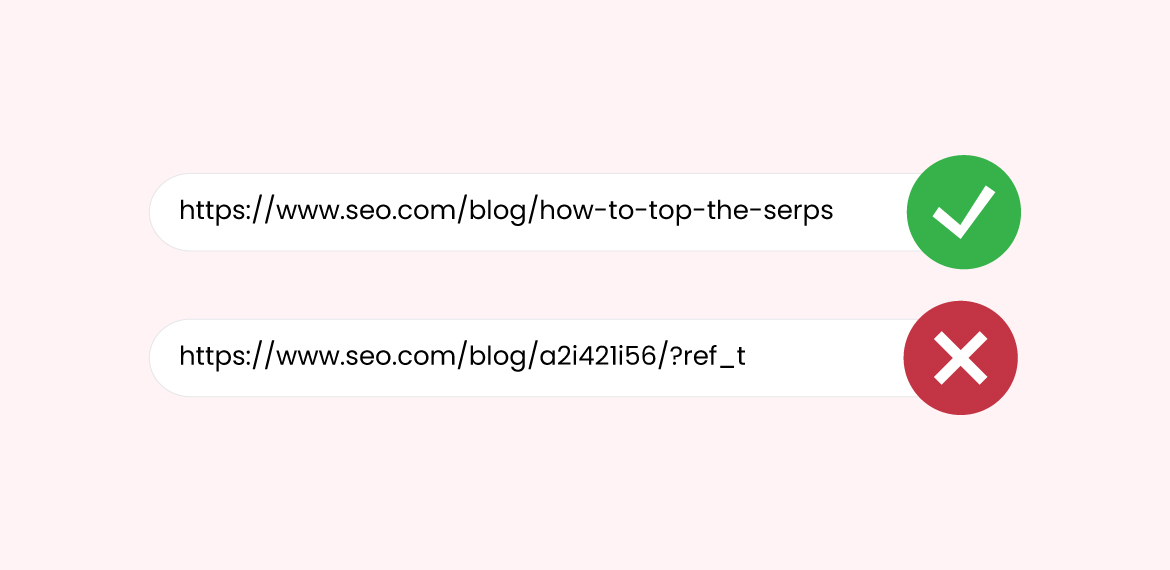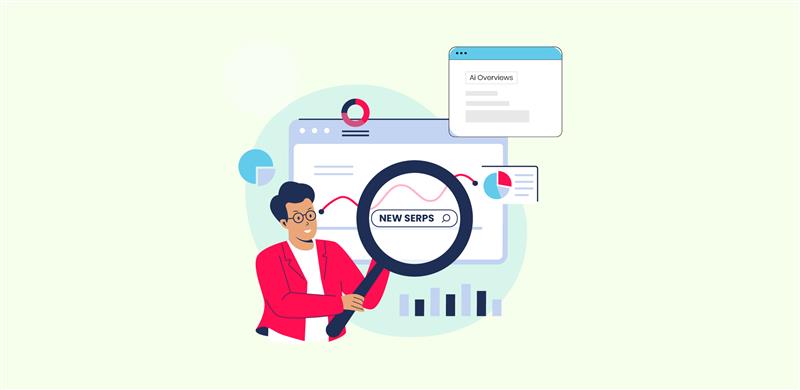16 SEO Essentials Everyone Forgets
SEO often feels like a deep abyss for a layperson. And there is a good reason why this stereotype has been set for SEO. SEO has a lot of dimensions, even multiple niches, and not all of them are easily definable. Moreover, a website that needs to rank up has to take care of every little factor involved. In other words, a website has to be perfect to rank at the top.
But even if a website is following all the rules the ruling position on the SERPs can be lost with a single mistake. This makes it especially important to keep a list of SEO essentials with you so everything that needs to be checked is at your tips. Here, we have a list of SEO essentials that everyone forgets.
Schema Markups
While schemas don’t directly influence your SEO, they are extremely essential for your web pages to reach position zero. Position zero, or featured snippets, are an awesome way a website can get traffic, much like a PPC campaign, without spending a single buck.
We believe the above image explains the definition quite well. The highlighted area is quite literally at position zero, so the image is a bit self-explanatory.
Getting your web pages among these featured snippets is rather easy. All you need to do is have the right schemas set on each of your web pages. We have a complete step-by-step guide on how to apply schemas to your website.
A good practice is to add schemas to your newer web pages as soon as they go live. Alternatively, schemas can also be added to newer pages after a set period.
Page Load Speed
Your web pages must load up almost instantly. According to Neil Patel, if your pages load up within 2 seconds, your revenue and traffic is likely to increase. He also says that if your page takes 10 seconds to load, the likelihood of the user leaving your website increases by more than 120 percent.
However, improving page loading speed can be quite a challenge. It all depends on your website’s code and the content put up on the webpage. There are ways to optimize the images and videos being used on the webpage. Moreover, you can also tell your developers to use lazy loading if there is too much media, and it is all necessary to be included.
There are many free tools you can use to check how fast your page is loading. Pingdom is one of the best, as it also allows you to test from different locations.
Text-to-HTML-Ratio
Next on our SEO best practices checklist is ensuring you have the right text-to-HTML ratio. The reason why SEOs often forget about this specific factor is that it doesn’t directly impact your SEO. However, it does impact how your page loads up. Also, more code could sometimes lead to your web page not displaying correctly.
You can check your text-to-HTML ratio. Ideally, the text-to-HTML ratio should be between 25% to 75%. If your ratio does not conform to this percentage, then it’s best to ask your developers to get it done.
Indexing
Let’s talk about indexing in our Search Engine Optimization list now. Now, indexing implies whether your web pages are included in the Search Engine’s database and whether you’ve allowed the search engine to show your web page in search results.
At first glance, one might think that every page should be indexed, but wisdom says otherwise. For example, if you have people signing in to your website, all the pages visited by a user after signing in should be de-indexed for security. Similarly, if a campaign is not online anymore, then the landing page needs to be de-indexed before being deleted to avoid a 404 error.
You can de-index pages by editing the robots.txt file via your development team.
Blogging Quality over Quantity
Blogging is considered one of the best ways to get your website up the SERPs. And while more blogs can often lead to more traffic, if you just keep on posting content with your only focus on keywords, you won’t get the appropriate audience anymore.
Websites often like to go with trending topics as they garner a lot of traffic in the short term. But traffic from these blog posts ends with the trend. Thus, websites with a better SEO strategy also opt for evergreen blog pieces to get consistent traffic throughout the year.
A rule of thumb to help you with this factor is to ask these questions every time you’re about to write on a topic to post on your website:
- Does this solve a problem for my target audience? Is it Helpful?
- Can I follow Double-EAT with this topic?
- Will it seem negatively opportunistic if a Call to action is added?
The first two should be “Yes,” and the last one should be a big “No” for you to finalize a blog post.
Repurposing Content
Another thing to keep on your content SEO checklist is to routinely find opportunities to repurpose already-made content. This takes less time, and in the right format, your content can do wonders.
For example, all these points from our SEO best practices checklist would make for a killer short or even a full-length YouTube video. We have a whole video on how you can repurpose content, too.
Alt Text and Broken Images
A broken image can hinder the user experience on your website and is nearly as detrimental as a slow-loading image. But there are ways to remedy a broken image with alt-text. Alt text provides the text in case an image fails to load or when your user is using accessibility options to know what an image is about without seeing it.
Checking for broken images has to be manual and should be done at least once every two months. However, this is dependent on your resources and the number of pages on your website.
But in the case of alt text, every image should have one. It not only helps your users but also tells Google what your images are about, effectively helping them get better rankings on Google Image searches.
Broken Links
Broken links are a plague for your website. Not only do they hinder user experience, but they are often an excuse for Google to rank down your website, too. The most common way to remedy broken links is to add a 301 redirect. With these applied, the link redirects to another page instead of showing a 404 error.
However, it is still best to have a website audit to let you know if there are any broken links, and the better practice is to remove these links altogether.
URL Formation
Now, this one is quite basic for your on-page SEO checklist. Your URL shouldn’t be filled with numbers. In fact, URLs need to be readable by both your user and the search engine.
No-Follow Links
Next on your link-building checklist should be to ensure that you get a decent amount of no-follow links. No-follows are often considered the ugly duckling when it comes to backlinking, especially when most consider Do-follows as the best backlink earnable.
This leads to many SEOs actively trying to score do-follows, leaving no-follows neglected. But, even if your backlink profile has all do-follow links and no no-follow links, Google will still find it suspicious. This is because Google wants websites to have natural backlinks, made especially clear with the link spam update.
So, it’s best to have a healthy ratio of do-follows and no-follows to keep a harmonious backlink profile.
Internal Linking
Internal linking is another aspect most SEOs often miss out on. However, internal linking is extremely important to keep your users engaged and make them stay on your website.
Moreover, there must be no isolated page on your website. Having a sitemap will help you here. Moreover, even with blog posts, it’s best to link at least two of your website’s pages to provide details, should your user be looking for them.
Local SEO
Next comes your local SEO checklist. Many websites prefer going for global keywords, thinking that if they crack the code, local SEO will become a breeze. However, a better SEO strategy is sometimes beginning with the local community. Engaging the local community is relatively easier than engaging the whole world.
You can check out our Definitive Local SEO guide.
Keyword Research
The right keywords are often the defining factor between a top-ranking website and a low-ranking one. Your keywords should be carefully selected. Keep in mind that keywords don’t rank up a website overnight, and SEO is all about patience, so make sure that your keyword cluster isn’t being changed too often.
Instead, give each cluster of gathered keywords at least a few months to see results. It’s also important to note that since the helpful content update, it’s more important to be helpful than just have keywords included in the content. Ensure that your keywords appear as natural as possible or not at all.
Measuring Progress
You won’t know the impact of your strategies if you don’t monitor your progress now and then. But this isn’t the only reason why you should measure progress. In fact, with analytics and UTM tags, you can find out which specific things are working and which aren’t, actually paving the way for even better tactics, traffic, and conversions.
Bounce Rate
Bounce rate is a metric considered precious by SEO professionals. It is typically defined as instances where a user visited a website but then left without navigating to other pages on a website. Now, at first glance, this may not seem much, but SEOs can determine the reasons why a bounce happens through testing.
Effectively, this can let SEOs know which of your website pages don’t feel right to the users as well as determine the cause behind this. Another positive impact is you see which pages are doing well with minimal bounce rate, and you can use those techniques to correct the low-performing pages.
Look for the latest Google Update.
Finally, the most important essential to keep in mind is staying up to date with Google Updates. Google tends to only announce major updates as possibly hundreds of smaller updates occur on the search engine every day. But every time an update comes around, a ripple effect surges through the SERPs.
Also, as most of these updates are announced before they are rolled out, websites ahead with this info can take timely measures to ride the wave and ensure their users find them while surfing the web.
Conclusion
Keeping these SEO essentials in check will ensure that you take care of the most minute details of your SEO. Be sure to bookmark this page to access the list whenever you want it. If you’d like to add to this list, simply comment below.













